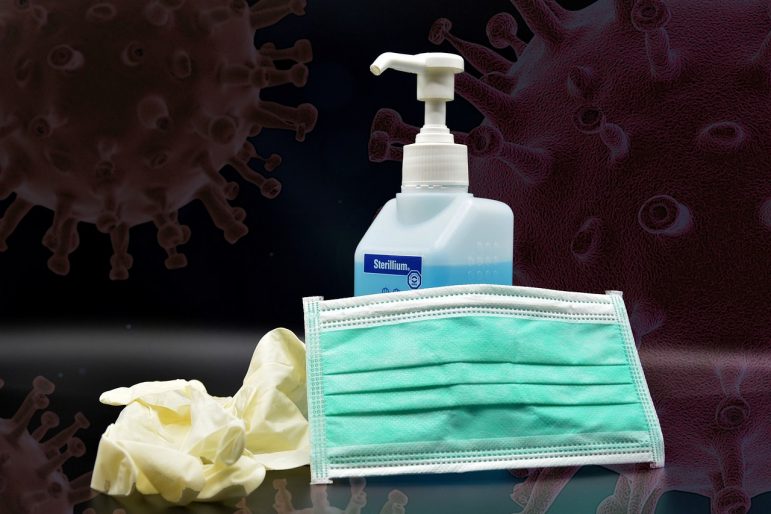Personal protective equipment (PPE) has become a ubiquitous part of our world over the last year, but it is reportedly causing problems as well as solving them.
During the COVID-19 pandemic, there has apparently been a notable increase in PPE being flushed down toilets, according to AQUALIS, a provider of stormwater and lift station management services.
The company says flushed PPE items like face masks, gloves, and sanitizing wipes have been creating blockages in underground sanitary infrastructure, particularly being dumped into lift stations and pump stations.
It notes that the flushing of ill-advised products is not a new phenomenon, but one that has been exacerbated by the pandemic due to the universal use of disposable sanitizing and safety products.
AQUALIS notes that during the height of public concern in May 2020, a new state-of-the-art lift station in El Paso, Texas, had to be cleared over 20 times in 24 hours due to the continuous disposal of PPE in the sanitary system.
Wipes, cotton swaps, gloves, face masks, feminine hygiene products, and rags are not safe for sewer systems, as they do not shred like toilet paper and can lead to clogs throughout sewer systems. The U.S. Environmental Protection Agency (EPA) recently released a statement that urges people to avoid flushing PPE: in fact, anything other than toilet paper.
Commercial facilities that are seeing the highest rates of flushed PPE include healthcare facilities, retailers, and restaurants, according to AQUALIS.
There are certain steps that facility managers can take to help prevent backups, clogs, and flooding due to flushed PPE:
Education and awareness
The most effective preventative measure is to increase awareness and education regarding the proper disposal of PPE. Installing “do not flush” signs in restrooms can reduce the number of materials sent into the sanitation system
Proper monthly inspections
Proper and routine inspections of lift stations are mandated in the state of Florida to address system functionality. Addressing deficiencies, frequent cleaning, visual inspection of pumps, including pulling the pump for visual analysis and electrical panel assessments, is the most effective way to clear clogs and decrease system downtime in lift stations. These procedures reduce the risk of clogging by addressing debris before it has a chance to accumulate, and quarterly maintenance has been found to remove most long-term issues.
Sewer grinder technology
Grinder systems equipped with cutter technology to eliminate frequent emergency services can shred fibrous materials and rocks, wood, hair, clothing and plastic. These shredding devices offer facility managers tangible ROI in reducing costly repairs, emergency services, and property damages, and offer technology specially designed to prevent clogging caused by fibrous wipe materials entangling within the system.
System monitoring through advancements
Continuous wastewater technology advancements allow property owners and facility managers to monitor and control pumps remotely, with alerts delivered in real time via mobile device or email. Property managers can be alerted in real time before a significant clog or backup impacts the system and get insight into stations’ condition, including the ability to acknowledge alarms, track run times, and send remote commands.







